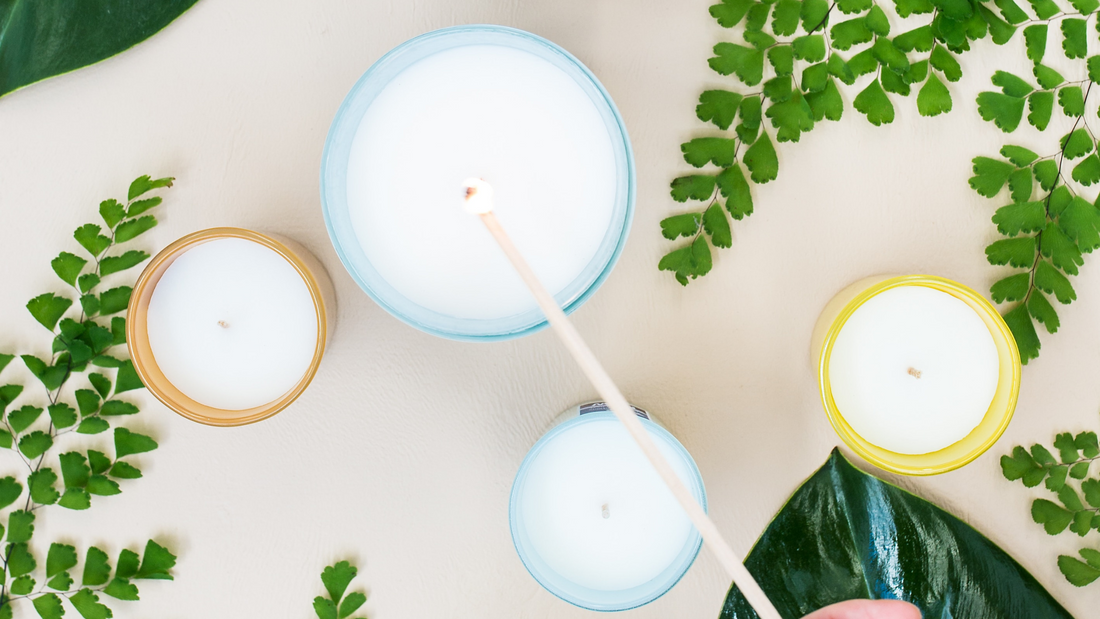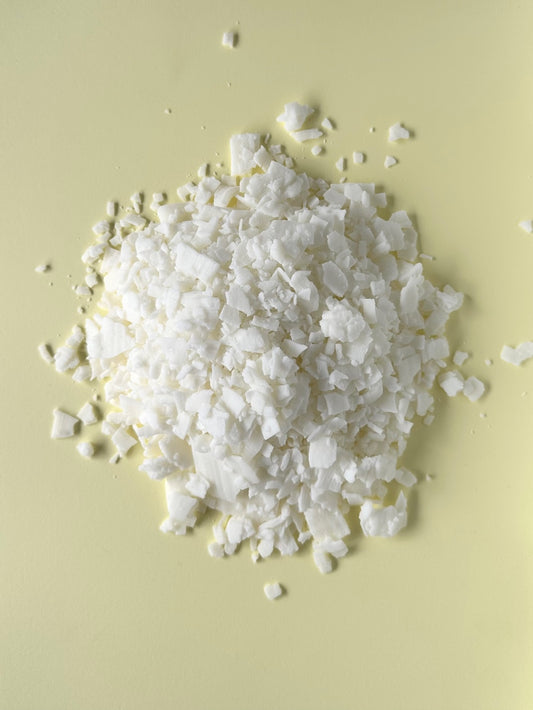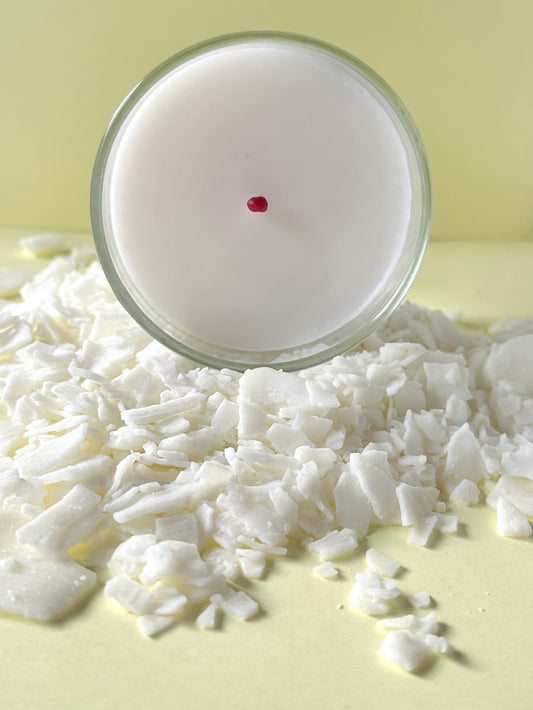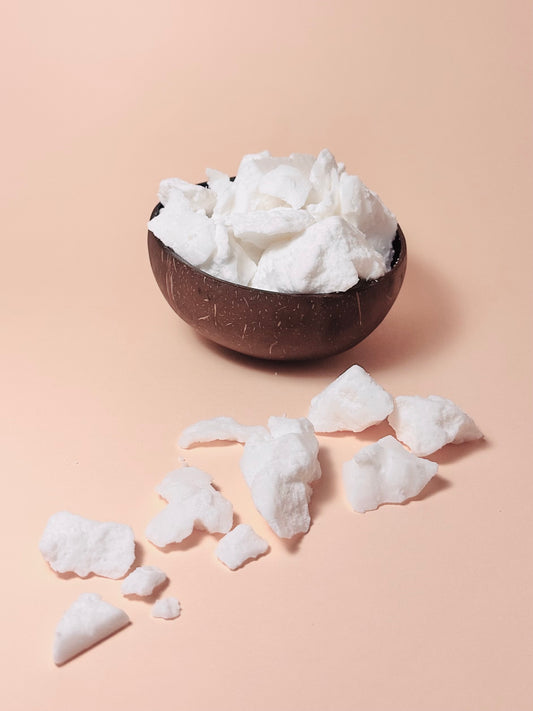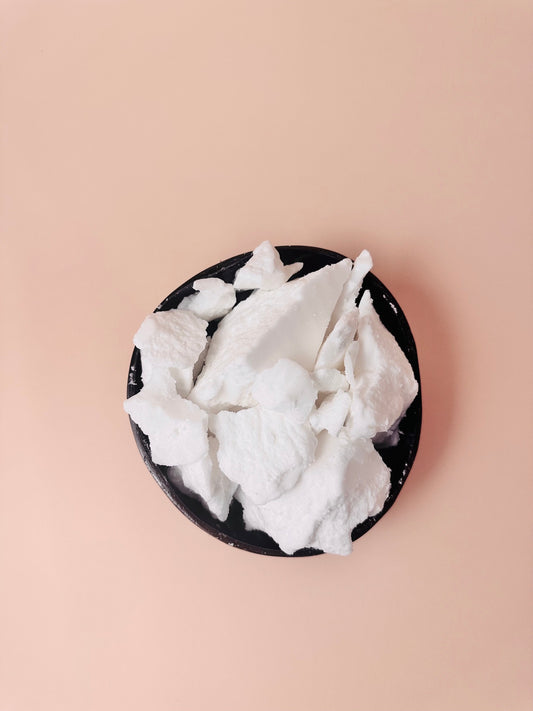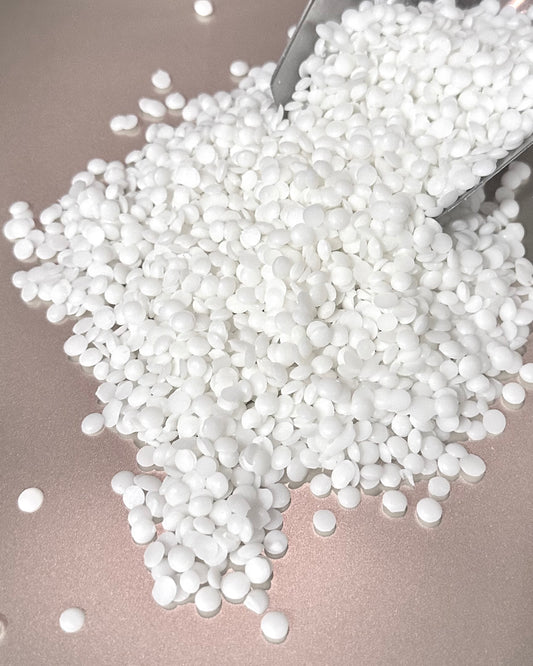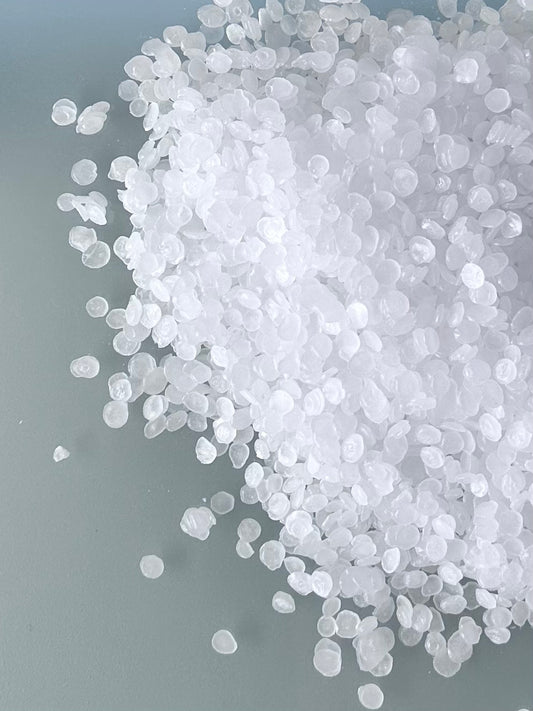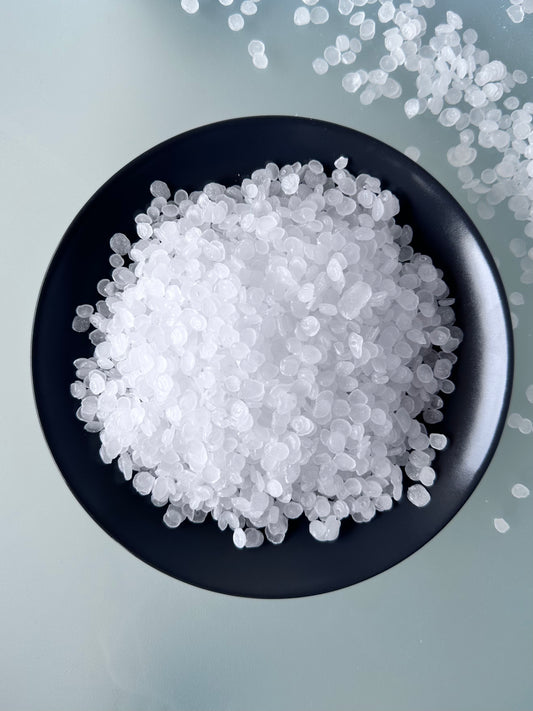Making scented candles can be quite challenging, especially for beginners who encounter this craft for the first time. However, this does not mean that you should not embark on this adventure. With the right strategy and approach, you can create beautiful scented candles that will bring warmth to your space, make a wonderful gift for friends, or even manage to make money selling your creations.
Below, read a few tips that will be of great help to master this craft and avoid some of the most common mistakes.
CHOOSE QUALITY
The first and most important tip for successful candle making is the use of quality materials. When it comes to wax, wicks, fragrance oils and containers, investing in quality ingredients is key to creating candles that will burn evenly, smell nice and look professional.
While it may be tempting to opt for cheaper materials, this can ultimately result in a candle of poor quality and performance. So, if you seriously want to make beautiful and long-lasting scented candles that you will be proud of, always choose quality materials and you will notice the difference in the final product.
USE APPROPRIATE MATERIALS
A candle is a complex system in which all parts are interconnected. Each element affects the other elements, and each of them must be chosen carefully in order to achieve the optimal effect. Choosing the wrong material can result in poor candle burning, reduced scent intensity or even a fire hazard.
In many cases, beginners who make their first candle pay the most attention to the choice of wax and fragrance, and it is quite possible that the wick is the last thing on their mind. That's a big mistake.
Choosing the right wick for a specific type of wax is key to achieving optimal candle performance and aesthetics.
It is important to study the characteristics of different wicks and match them with the type of wax and the size of the candle in order to achieve the desired result. When working with large candles, it is often necessary to use more wicks to achieve even heat distribution.
And that's not all, adding scented oil can affect the efficiency of the wick and the performance of the candle. Some aromas, such as citrus or mint, require a smaller wick due to their low density. On the other hand, some aromas, such as vanilla or cinnamon, require a larger wick to ensure a sufficient amount of heat to release the fragrance completely. So, for two candles made of the same type of wax and in an identical container, you will need two different wicks.
The same applies to the addition of color, various additives or any other element that can affect the sufficient flow of wax to the flame.
Formation of soot, carbon deposits on the wick (aka mushrooms), restless or too small/too large flame and unsatisfactory smell are usually signs that your materials are not in perfect synergy.

FOLLOW THE INSTRUCTIONS
An equally important step in making candles is carefully reading and following the instructions. Although it may seem obvious, many beginners often skip this step, thinking that it is unnecessary or that they will manage on their own. However, each step in the candle making process has its own importance and following the instructions properly can be the key to success.
When choosing materials for making candles, it is necessary to study the manufacturer's instructions and follow them carefully. For example, each type of wax has its own specifics and requires a different approach in the manufacturing process, and the same applies to choosing an adequate wick and fragrance oil.
When it comes to making candles, details are key to achieving the perfect product. Therefore, it is important to take care of some important factors, such as proper measuring and mixing of ingredients, storage during the cooling phase, ambient temperature and mold/container temperature.
BE PRECISE
Precision is very important when it comes to making candles, and even small deviations can affect the final product. Using a kitchen scale to measure ingredients and a kitchen thermometer to measure temperature are a simple but effective way to ensure your candles are just the way they should be.
So, take the time to measure carefully and you will be rewarded with candles that burn beautifully and smell wonderful.
SAFETY FIRST
The safety of the end product and the safety of the manufacturing process itself are imperative. This is very important because improperly made candles can lead to a fire, which poses a serious risk to life and property. Therefore, it is necessary to follow some basic rules and guidelines in order to avoid potential dangers.
When we talk about the safety of the final product, it is important that you use only high-quality and safe materials, exclusively intended for making candles. The use of materials that burn easily or release toxic chemicals should be avoided. Do not color the wax with wax crayons, food coloring, add perfumes, cake flavors or various spices. Decorative elements such as dried flowers, shiny ornaments and other decorations can be attractive additions to candles, but they can also easily catch fire if they come into contact with the flame, which can lead to a fire.
In addition, in order to avoid a large flame, overheating and cracking of the container, it is important to correctly choose the size of the wick and the container made of a suitable material resistant to high temperatures, as well as to ensure that the wick is properly placed and fixed in the container.
When it comes to the safety of the crafting process, you need to be careful when handling hot wax. Never leave wax melting on a fire unattended. Also, take care to keep the candle on a stable surface during the making process, in order to avoid accidents and the candle tipping over.
Scented candles are wonderful for creating atmosphere, but you have to be careful they don't cause fires. Never leave candles unattended and always place them in a safe place, away from flammable materials.

LET THE CANDLE DRY
When you finally make your scented candle, you'll probably be eager to light it and enjoy its beautiful scent. However, before you do that, there is an important step in the manufacturing process that you must not skip - the curing period.
Curing is a process in which the candle is left to stand and rest after it has been poured, so that the ingredients, wax and scented oil, are harmoniously combined and allow it to reach optimal strength and stability, which results in a better spreading of the scent and a better quality of burning. How long a candle should last depends on many factors, such as the type of wax, the size and shape of the candle, the temperature and humidity of the environment, and many others.
Normally, the curing period lasts between 24h and 72h in the case of paraffin wax, but some waxes can take up to 14 days to fully stabilize. Please be patient as this step in the build process will result in a better experience for you and your customers.
TEST THE CANDLES
Before you give your freshly made candles to someone, and especially if you intend to sell them, it is necessary to test them to make sure that they are of good quality and safe to use.
Testing is an essential part of the process of making scented candles, during which you will monitor the following parameters:
- candle flame (height, whether it is still, whether it goes out, whether it forms a mushroom or soot, etc.)
- a layer of melted wax on the surface of the candle (how quickly it forms, the formation of tunnels, etc.)
- candle smell (the smell of an unlit candle and the smell during burning)
If you plan to produce candles for further sale, you will monitor the temperature and depth of the layer of melted wax, as well as the burning time of the candle.
Candles do not always burn evenly from start to finish, so it is important to check the entire candle during testing. Testing is usually done in periods of 4 hours, and observations are recorded every hour. Make sure the wick is centered and shorten it to 5-7mm before each use. Also, keep the candle away from drafts and other heat sources to prevent uneven burning.

TAKE NOTES
Another essential aspect of successful candle making is keeping notes, which can help you replicate successful experiments and create consistent, high-quality candles. Using your notes, you can replicate your favorite scents and color shades, which is especially useful if you plan to sell your candles.
When testing different types of wax, fragrance oils, wick sizes, and colors, make notes about the amounts of ingredients used, temperatures, and other relevant details. This will help you remember what worked and what didn't, so you can avoid mistakes in the future.
You can also make notes on the performance of your finished candles, such as burn time, scent spread, and any issues you notice during the burn. This information can help you adjust the making of future candles and improve the quality of the final product.
PRACTICE TO PERFECTION
Candle making, like any other craft, requires practice and patience to master. We recommend starting small and progressing to more complex candle making projects as you gain experience.
Experiment with different types of wax, fragrance oils, wick sizes and colors to find the right combination for your desired scent and aesthetic.
Be patient with the process and don't get discouraged if the first few candles don't turn out the way you want. Keep experimenting and adjusting the ingredients until you find the right combination that works for you.

